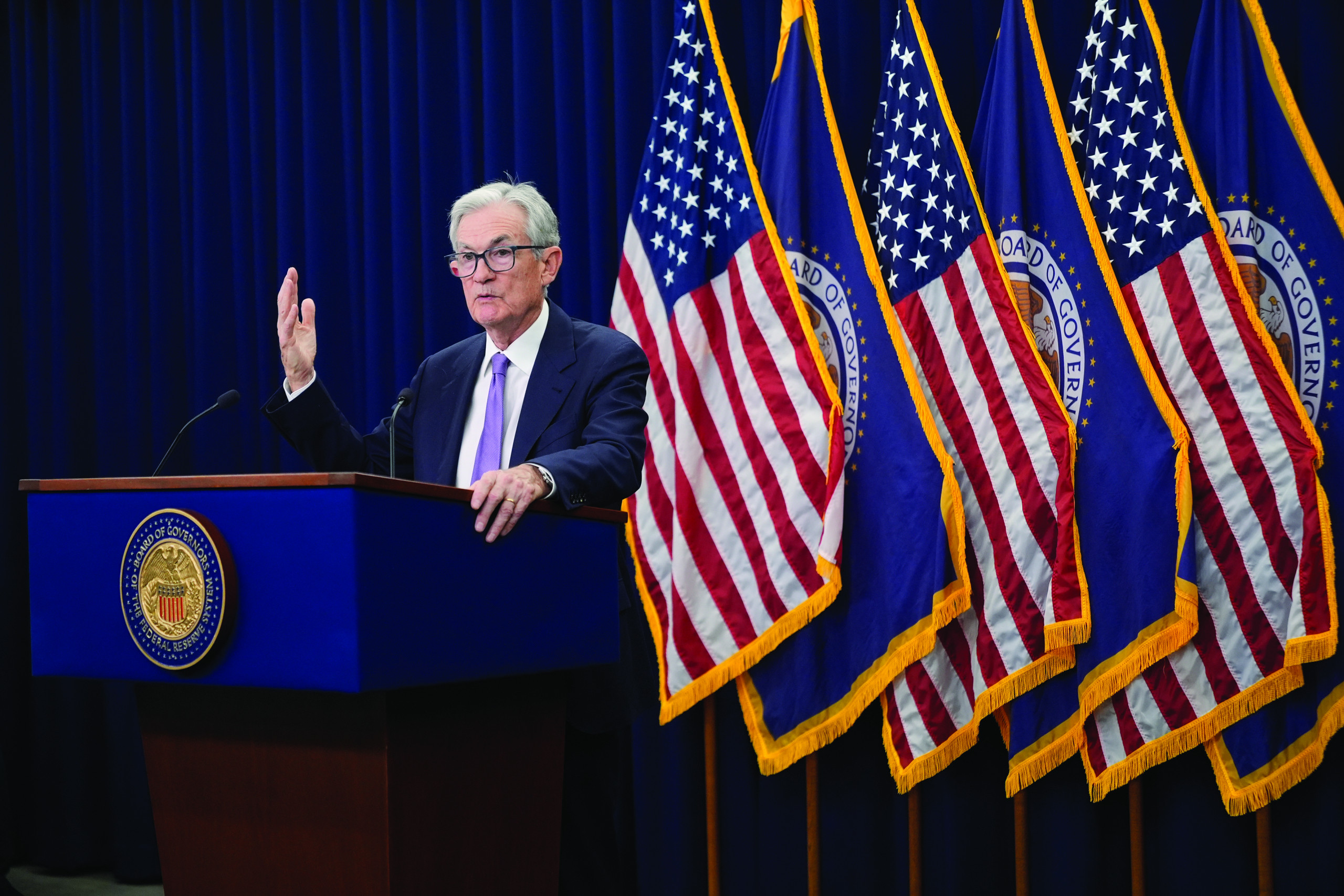WASHINGTON (AP) — A majority of Federal Reserve policymakers expressed support in late October for further interest rate cuts, though not all committed to making the reduction at their next meeting in December, according to meeting minutes released last week.
At the same time, many officials said “it would likely be appropriate” to keep rates “unchanged for the rest of the year,” a sign of strong divisions among policymakers about the central bank’s next steps.
Rate cuts by the Fed, over time, typically lower borrowing costs for mortgages, car loans and credit cards.
Fed officials are split over the biggest threat to the economy: weak hiring or stubbornly-elevated inflation. If a sluggish job market is the biggest threat, then the Fed would typically cut rates more, but it combats inflation by keeping rates elevated, or even raising them.
Last week, however, the federal government reported that the nation’s employers added 119,000 jobs, 50,000 more than economists had predicted.
Chair Jerome Powell had telegraphed the deep divisions among the Fed’s 19-member interest-rate setting committee at a news conference following the Oct. 28-29 meeting. The minutes were released after the customary three-week delay.
“Participants expressed strongly differing views” about whether the Fed should cut at its Dec. 9-10 meeting, the minutes said.
The central bank decided to cut its key rate to about 3.9 percent at the late October meeting, down from 4.1 percent and the second cut this year.
In September, the Fed projected it would reduce rates three times this year, in September, October, and December.
Yet in the past two weeks numerous Fed speakers have raised concerns about inflation, which came in at 3 percent in September and has been above the Fed’s 2 percent target for nearly five years. That has led Wall Street investors to mark down their expectations of another reduction next month.
The odds of a cut have fallen from nearly 95 percent a month ago to 50-50 last week, based on futures pricing, according to CME Fedwatch. That was also before the release of the better-than-expected jobs report.
Another wrinkle for the Fed is that jobs data for October and November won’t be released until Dec. 16, a week after the next meeting, the Labor Department’s Bureau of Labor Statistics said.
The job market has been strained this year by the lingering effects of high interest rates engineered to fight a 2021-22 spike in inflation and uncertainty around President Donald Trump’s implementation of new tariffs.
Since March, job creation has slowed to an average 53,000 a month. During the 2021-23 hiring boom that followed COVID-19 lockdowns, by contrast, the economy was creating 400,000 jobs a month.









